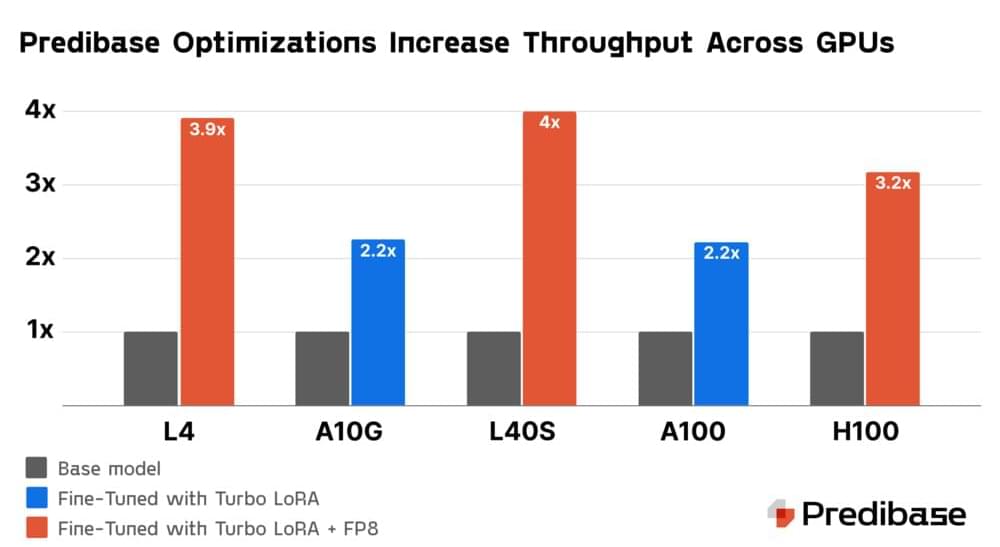ROBOT ACHIEVEMENT DAY! 🤖😁 https://finance.yahoo.com/news/kepler-debuts-forerunner-k2-h…00317.html
SHANGHAI, Oct. 21, 2024 /PRNewswire/ — Shanghai Kepler Robotics Co., Ltd. (“Kepler Humanoid Robot”) has recently launched its full-sized, general-purpose humanoid robot, the Forerunner K2, at GITEX GLOBAL 2024, which began on October 14.
Kepler Humanoid Robot is dedicated to transforming productivity through cutting-edge technology and delivering industry-leading, high-IQ blue-collar humanoid robots. Hu Debo, CEO of Kepler Humanoid Robot, said, “The Forerunner K2 represents the Gen 5.0 robot model, showcasing a seamless integration of the humanoid robot’s cerebral, cerebellar, and high-load body functions. At Kepler, we understand that innovation is driven by application. That’s why we prioritize deep integration of customer needs, solutions, and product development. From the outset, we have forged close collaborations with key customers, jointly formulating commercialization strategies and working alongside industry stakeholders to accelerate the deployment of humanoid robots.”





